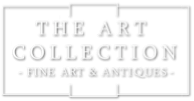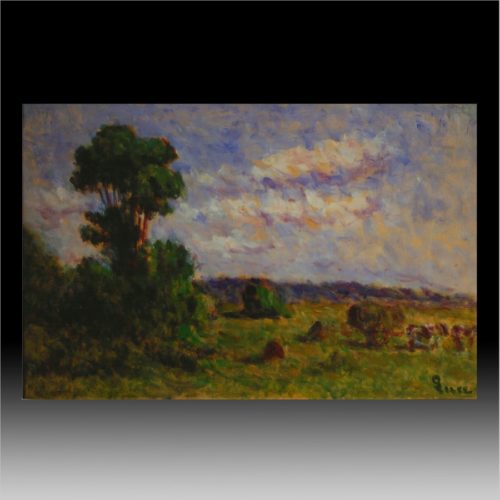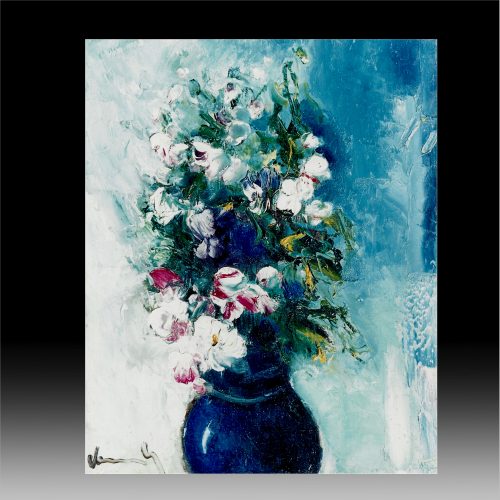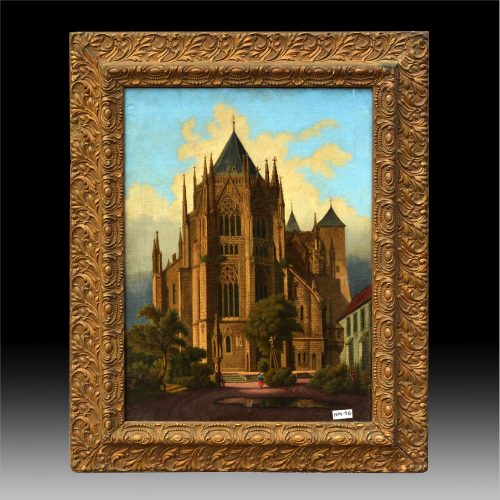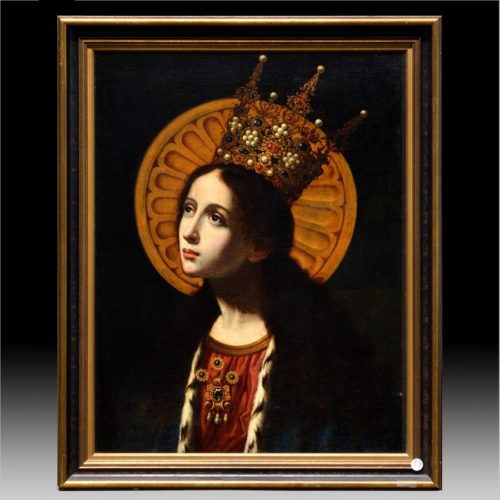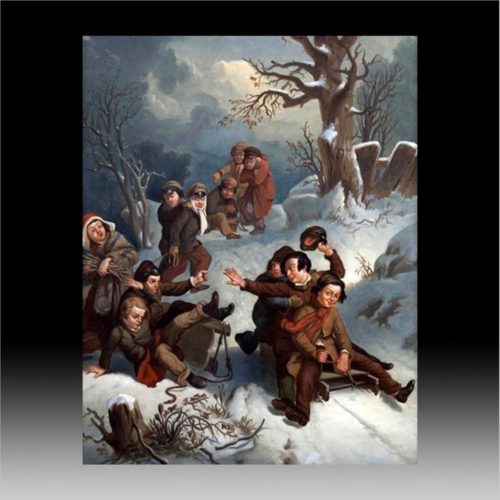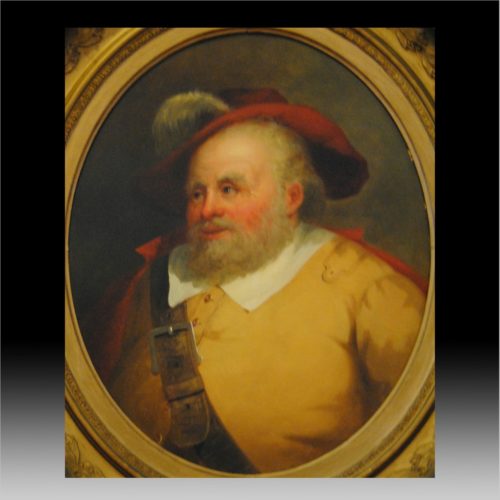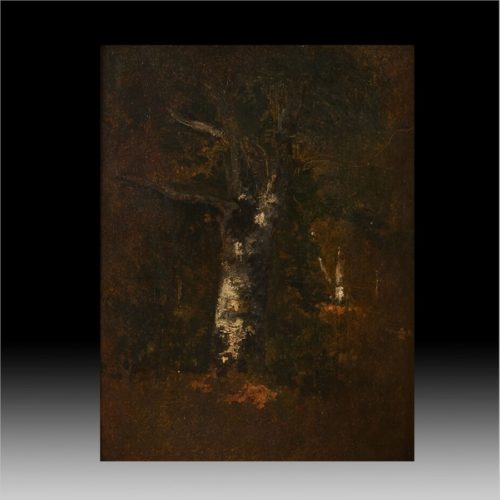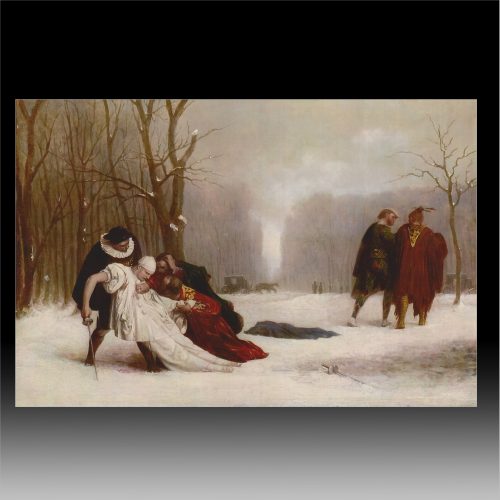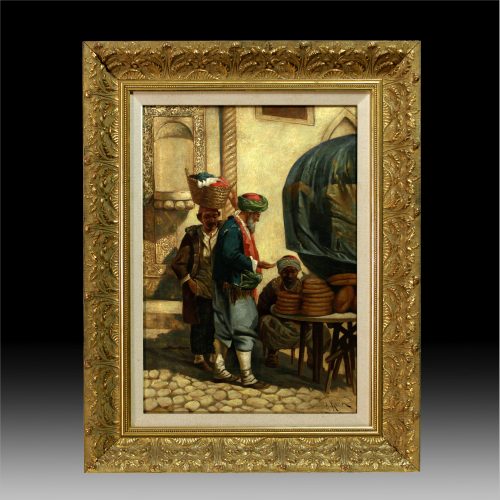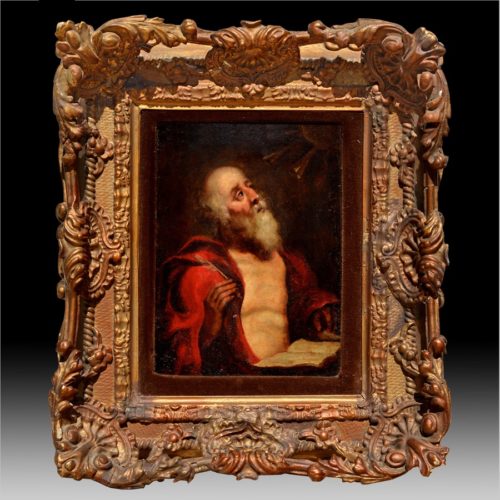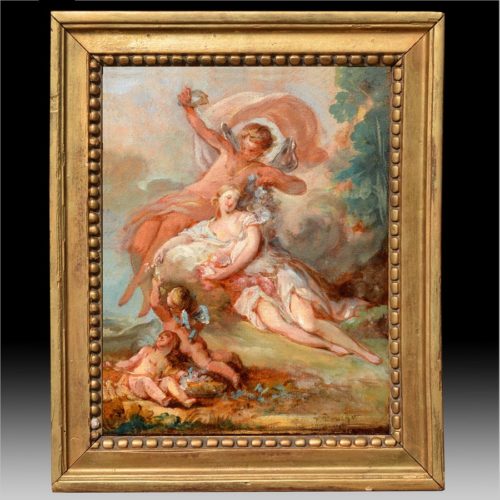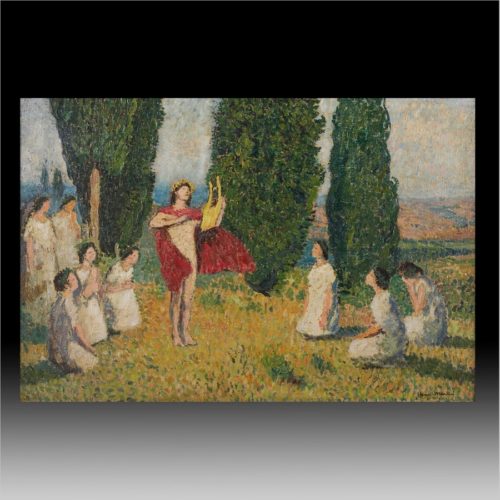-
Maximilien Luce (French, 1858–1941) “La fenaison a I’lli de France” Oil on paper laid down on canvas 11 ¼”x 17 ½” Stamped lower right COA by J. Bouin-Luce Maximilien Luce (13 March 1858 – 6 February 1941) was a prolific French Neo-impressionist artist, known for his paintings, illustrations, engravings, and graphic art, and also for his anarchist activism. Starting as an engraver, he then concentrated on painting, first as an Impressionist, then as a Pointillist, and finally returning to Impressionism. Born on 13 March 1858 in Paris. His parents, of modest means, were Charles-Désiré Luce (1823–1888), a railway clerk, and Louise-Joséphine Dunas (1822–1878). The family lived in the Montparnasse, a working-class district of Paris. Luce attended school at l'Ecole communale, beginning in 1864. In 1872, the fourteen-year-old Luce became an apprentice with wood-engraver Henri-Théophile Hildebrand (1824–1897). During his three-year xylography apprenticeship, he also took night classes in drawing from instructors Truffet and Jules-Ernest Paris (1827–1895). During this period, Luce started painting in oils. He moved with his family to the southern Paris suburb of Montrouge. His art education continued as he attended drawing classes taught by Diogène Maillard (1840–1926) at the Gobelins tapestry factory. Luce began working in the studio of Eugène Froment (1844–1900) in 1876, producing woodcut prints for various publications, including L'Illustration and London's The Graphic. He took additional art courses, at l'Académie Suisse, and also in the studio of portrait painter Carolus-Duran (1837–1917). Through Froment's studio, Luce became friends with Léo Gausson and Émile-Gustave Cavallo-Péduzzi. These three artists spent time around Lagny-sur-Marne creating Impressionist landscapes.
-
Maurice de Vlaminck (French, 1876-1958) “Fleurs dans un vase bleu” Oil on canvas 18”x 14” Signed lower left COA by Wildenstein Institute
-
Chrisitian Schussele (American/French (1824-1879) “Clear the Track” Oil on canvas 23 x 18 inches Provenance: David, David Inc., Philadelphia
-
George Henry Durrie American, 1820-1863 “John Henry Hackett as Falstaff” Oil on Board PROVENANCE: By descent through the artist’s family Hally L. Durrie, Santa Barbara, the artist’s great grandson Terry DeLapp, Los Angeles Mrs. George Arden, New York LITERATURE M.Y. Hutson, Geroge Henry Durrie, 1820-1863, American Wiinter Landscapist: Renouwned throughCurrier & Ives, Santa Babra, p.55, no. 51, illus. Records and personal diaries indicate that Durrie read Shakespeare and was inspired to paint Falstaff. According to Martha Hudson, “Two portraits of Falstaff are known, both listed in the record book. The 1852 painting (this portrait) is thought to be a portrait of the actor James Hackett portraying Falstaff, a role he made famous in America. Since Hackett performed in New York City as well as on tour, Durrie could easily have seen a performance. Obviously the characterization was effective because the portrait is jovial and abundant in appearance as one could hope for a Falstaff.” 17” x 13 ½” (43 x 34.3 cm)
-
Narcisse Virgilio Díaz de la Peña (French, 1807-1876) “La foret” oil on canvas 18’’x 12’’
-
After Jean Leon Gerome (French, 1824-1904) Sortie du Bal Masque Oil on panel. 9 x 13 ¼ in. (23 x 32.5 cm)
-
Aleksei Mikhailovich Korin (Russian, 1865-1923 The bread seller oil on canvas
-
JaquesNatoire with indistinct signature, ‘F Boucher’ “Zephyr Flora” Laid down on canvas 10 ½ x 8 inches (26.7 x 20.3 cm) CL102794-137 451003-2 @NB-1040 #62
-
Henri Martin (French, 1860-1943) “Orphee” Oil on canvas 21 ¼” x 32” Signed lower right COA by David Roy Henri-Jean Guillaume Martin (5 August 1860 – 12 November 1943) was a renowned French impressionist painter. Born in Toulouse to a French cabinet maker and a mother of Italian descent, Martin successfully persuaded his father to permit him to become an artist. He began his career in 1877 at the Toulouse School of the Fine Arts, where he was under the tutelage of Jules Garipuy (he was also a pupil of Henry-Eugéne Delacroix). In 1879, Martin relocated to Paris and with the help of a scholarship, was able to study in Jean-Paul Laurens' studio. Four years later, he received his first medal at the Paris Salon, where he would hold his first exhibition three years later in 1886. The year after he won his first medal, Martin was awarded a scholarship for a tour in Italy, where he studied the work of veterans such as Giotto and Masaccio. His 1889 canvas submission to the Salon earned him the gold medal for work that has been described as Pointillist. That same year he became a member of the Legion of Honour. At the 1900 World Fair, he was awarded the Grand Prize for his work. During this period, he became friends with Auguste Rodin. Although Martin's work as a neo-impressionist is not considered groundbreaking, his work was rather well-received, and has been associated with world-class symbolist painter, Puvis de Chavannes. Due to his introverted temperament, Martin decided to move away from Paris. After a decade of searching for an ideal home, Martin bought Marquayrol, a mansion overlooking La Bastide du Vert, near Cahors. He performed his best work in the new tranquil environment, and died there in 1943. Martin also taught; among his pupils was the American painter Nellie Ellen Shepherd.
